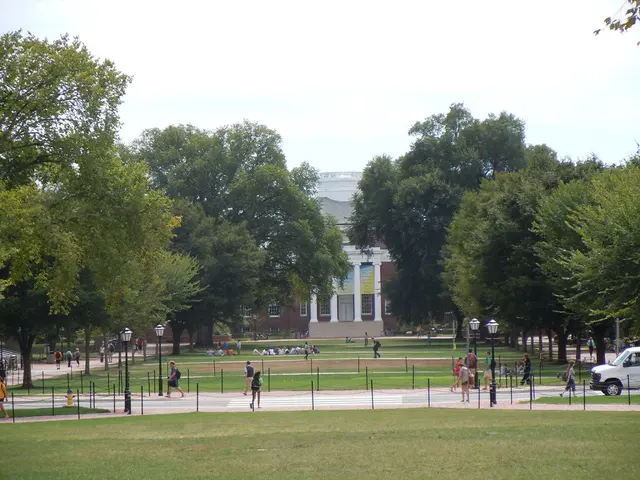Functioning of Public Funds
In the pursuit of higher education, financial aid plays a crucial role for many students. Grants and scholarships, two forms of financial assistance that do not require repayment, are essential in helping students cover their educational expenses. This article provides an overview of federal and state grants available in the United States.
To be eligible for a Federal Pell Grant, students must be undergraduates displaying exceptional financial need and have not yet earned a bachelor's, graduate, or professional degree. The application process begins with submitting the Free Application for Federal Student Aid (FAFSA). It's important to note that students can only receive a Pell Grant from one college per enrollment period. The FAFSA deadlines vary by state and program, with some states starting as early as March 2025.
The eligibility requirements and deadlines for state grants differ widely. For instance, California requires both FAFSA submission and a school-certified GPA report by March 2025 for Cal Grants, while other states may have their own priority deadlines and may require additional documents or applications. Some states also set aside funds for students attending private institutions within the state.
It's essential for students to research financial aid options, considering their financial status, career goals, and chosen college. The FAFSA helps administrators assess students' financial need and eligibility. The FAFSA for the 2025–26 academic year is the common starting point for both federal Pell Grants and many state grants.
The Federal Pell Grant is a grant available to undergraduate students from low-income families. The maximum amount the government can grant under the Pell Grant can change over time. The total Pell Grant receipt is limited by a maximum duration of eligibility, typically 12 semesters or the equivalent.
Some states have their own public grant programs for education. For example, Massachusetts has the Howard P. Rawlings Guaranteed Access Grant, which requires a 2.5 GPA and demonstrates financial need. Georgia's Helping Outstanding Pupils Educationally (HOPE) program has both a scholarship and grant element, and the grant doesn't depend upon academic performance.
It's worth mentioning that grants can come from private companies, organizations, or the public. In fact, the United States government has 26 agencies in charge of making grants. Federal grants come from a limited pool of resources. Some grants are not for education; they may be for housing or small business.
The HOPE Grant in Georgia, funded by the state lottery, covers the entire cost of tuition and provides a book allowance per semester. Many state grants are reserved for students with the most financial need.
In conclusion, understanding the intricacies of federal and state grants can help students make informed decisions about their financial aid options. It's crucial to research each state's financial aid office or website for exact requirements and deadlines. Grants and scholarships can significantly reduce the burden of educational costs and enable students to focus on their studies.
- In addition to federal grants, students can explore education-and-self-development opportunities by researching private grants offered by companies, organizations, or the public.
- Beyond federal grants, some state grants, like the HOPE Grant in Georgia funded by the state lottery, cover tuition costs and are essential for students seeking financial aid in their pursuit of higher education and entertainment.




